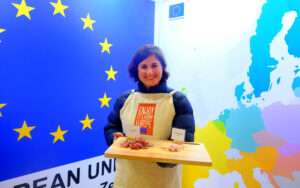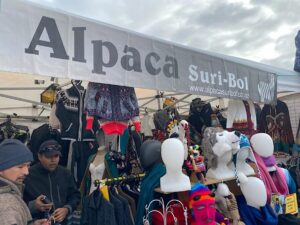Milking shed gets hi-tech boost
The first time Dushyant Parmar stepped on a farm was November 2011. Now he is testing LIC’s new automatic drafting gate.
The first time Dushyant Parmar, 21, went to a farm was in November last year.
He had never milked a cow – by hand or machine.
Now he’s influential in improving an automatic drafting gate for Livestock Improvement Corporation (LIC).
The engineers at LIC had already designed Protrack Drafter before Parmar started work, so his part was to test it on site before it was put on the market.
Parmar went to milkings on four Waikato farms to test the software and get feedback from the farmers.
“If you can’t get up in the mornings, don’t work here. If you aren’t a morning person don’t apply,” he says.
“With my testing phase my typical day would be having to go to a milking at 5 in the morning. Sometimes it was past Matamata so I would be getting up at 4-4.30.”
Animal behaviour cannot be accounted for and Parmar had to take that into consideration.
“When the cows are going through I had test procedures and tests I made up myself just to regression test it and just draft cow after cow, draft 10 cows in a row to see if it breaks down or if it doesn’t draft a cow for some reason and just get logs of that and report it,” Parmar says.
Then he would describe the problem to the software team for them to fix it.
In the first month of testing, December, it had 78% accuracy.
By February this year it was closer to 99%.
“He helped us to do the field trials and to report any bugs and issues that were arising with the product,” says Javier Cuellar, an LIC hardware engineer who was Parmar’s mentor and supervisor.
LIC is a farm improvement cooperative that provides products and services to farmers around the world. Its Drafter is an automatic drafting system which singles out a cow while she is leaving a milking.
An electronic identification tag (EID) on the cow’s ear gets read before she passes through the gate and the computer tells the gate which way the cow has to go through.
On a screen in the shed, the farmer can also see how many of the cows were not milked, how many went left, straight or right, and if something is missing he or she can check it out.
The system is suitable for all milking shed designs.
The new Protrack Drafter also now includes a free mobile application downloadable from the App Store.
With the app, drafting can be organised ahead of time and from any part of the farm in the time it takes to send a text message.
The farmer can enter cow numbers into their device and which way they want the animals to be sent and once in range of the shed the device will sync with the system to allow the drafts to occur.
“This is something the farmers find really handy because if the farmer is milking and he sees something wrong with a cow on the other side of the paddock, he has to get a piece of paper, write it down and next morning when he goes to his computer type it in,” Parmar says.
“Now he just gets his iPhone, puts it in, and when he is in the shed it gets synced up.”
The alternative to the Protrack is drafting by hand. This could become a full on job for someone at a milking if 20 to 30 cows need to be drafted.
Parmar is about to start another project with LIC for his fourth year engineering design project.
“I’m continuing with the drafting gate and sometimes what happens is the cows lose their EID tags.”
At the moment the only way a farmer can find out which cow is missing its tag is to go out to the paddock and look at every cow there.
The design project is to create something that will identify cows without tags and then separate them from the herd so the farmer doesn’t have to spend time to go out looking.
Parmar, who is from New Delhi, came to New Zealand when he was 11 and has lived in Hamilton since. “I wasn’t even thinking about being in this industry but I am finding it fun and interesting,” he says.
Protrack Drafter will be on show at one of two Waikato University stands at Fieldays this year and the LIC site also.




